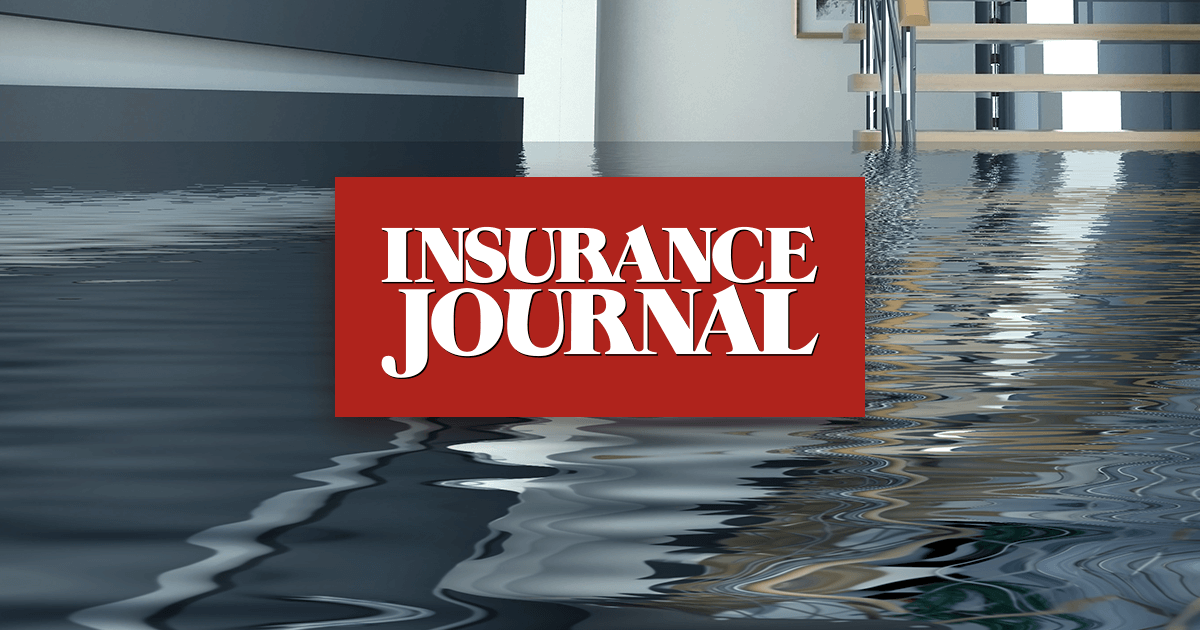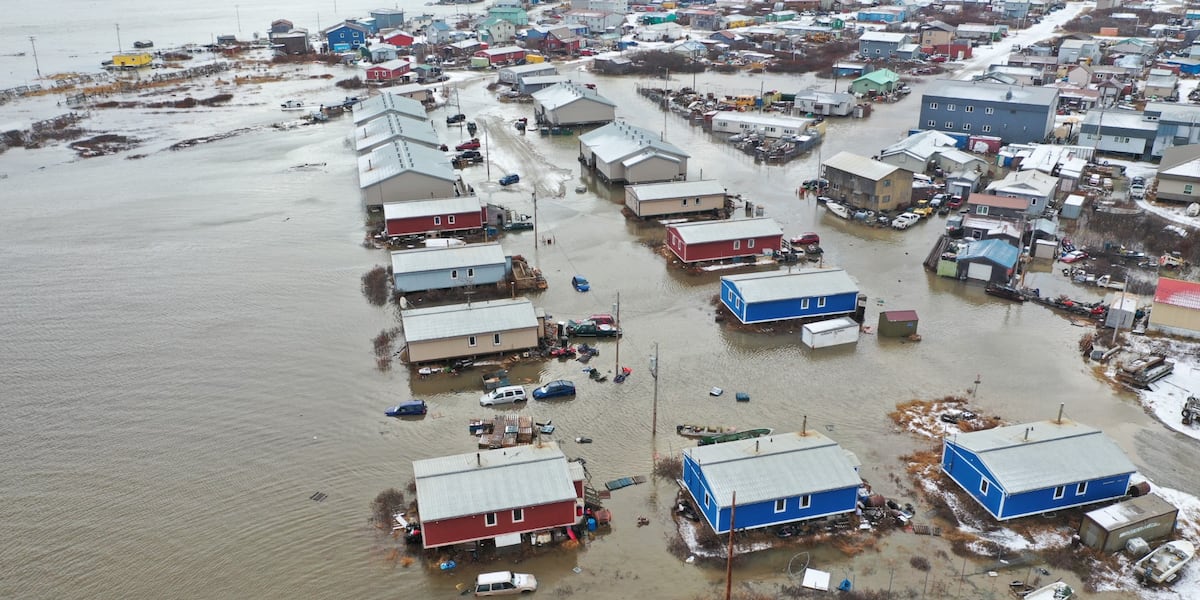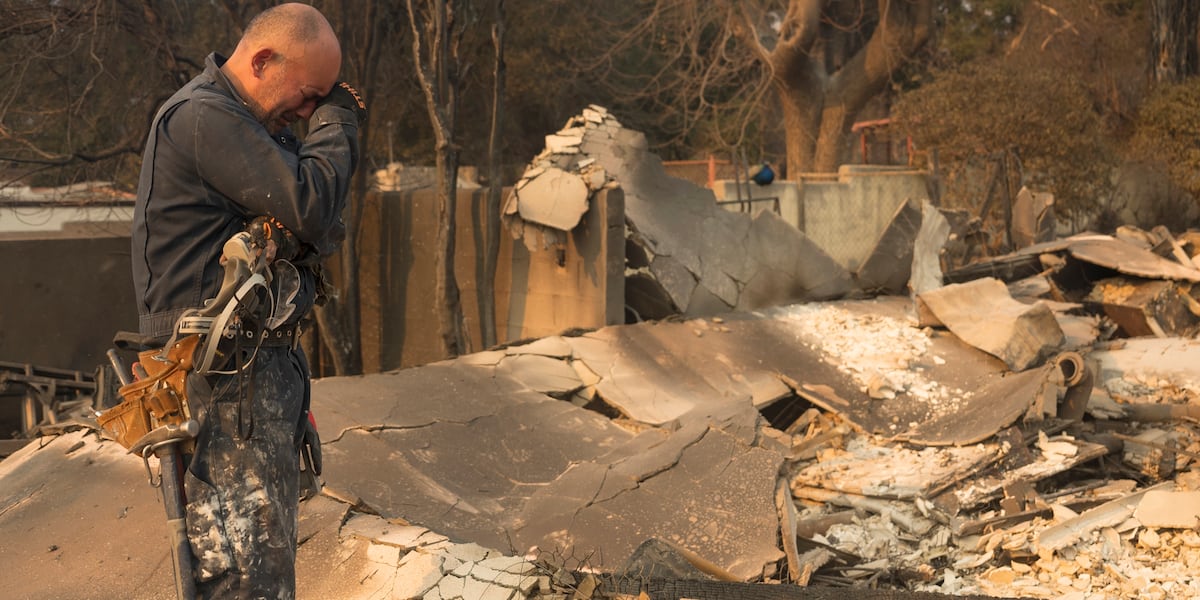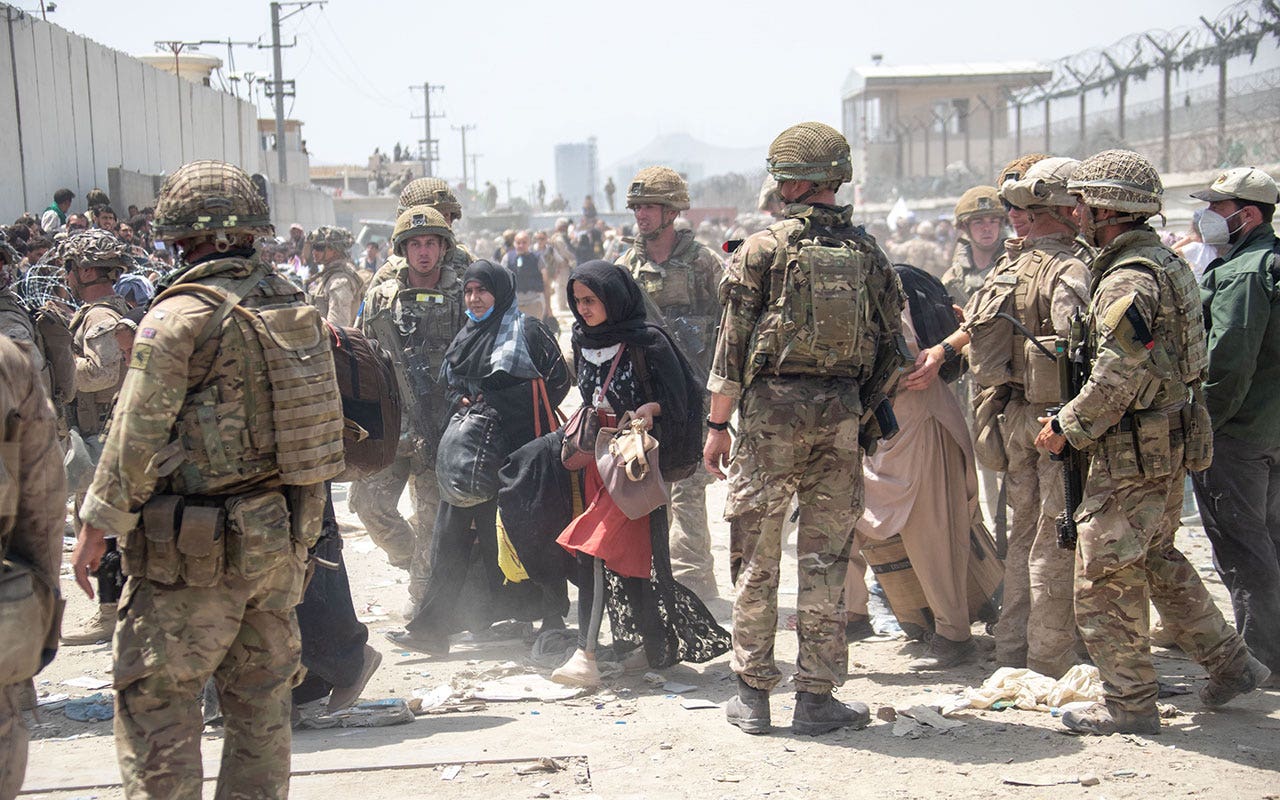Louisiana
Louisiana goes toe-to-toe with FEMA in federal court
/cloudfront-us-east-1.images.arcpublishing.com/gray/XB56QX2LKRETZLZKEYBDKTRV2I.jpg)
NEW ORLEANS (WVUE) – State officials take the next step in their lawsuit against FEMA over the agency’s new flood insurance methodology, Risk Rating 2.0.
Thursday morning, Louisiana’s Solicitor General, Liz Murrill and Attorney General Jeff Landry are planning to ask a judge to throw out FEMA’s plans to change how flood insurance premiums are calculated on the federal level.
“Our only alternative was to go to court, where a federal judge can make them fix it,” Murrill told Fox 8.
Murrill is going to court on behalf of a coalition of 10 states, 43 parishes, 12 levee boards, and 2 municipalities.
Congressman Troy Carter (D-Louisiana) agrees.
“There appears to be some type of algorithm that’s being used, however the formula and the matrix for what that algorithm is has not been shared, so we can determine and public quite frankly can determine if it’s being administered fairly,” Carter said.
FEMA says Risk Rating 2.0 calculates rates that are “sound, equitable, easier to understand and better reflect a property’s flood risk.”
But Gordon Dove, on behalf of Terrebonne’s bayou homeowners, says the work his community has done to mitigate flooding risks aren’t recognized by FEMA.
“2.0 is the biggest hurdle that we have to cross right now,” Dove said. “$2 billion on our levee system, so we have a very good levee system and we’re added 30 pumps to the parish.”
Dove says the Morganza to the Gulf levee system keeps the parish safe, but they aren’t federally recognized because the Army Corps didn’t certify them.
“We have these massive investments like Morganza to the Gulf that actually mitigate people’s risks and FEMA has refused to take account of them in adopting our rates,” Murrill said. “So, people are having to pay for risks that they do not have.”
The federal court hearing will start with oral arguments and witness testimony.
The solicitor general says her team thought they would have a whole day to present their case, but the hearing was reduced to a few hours.
Carter says the fight will continue even if the hearing doesn’t favor the states.
“This, we believe, is not a formula for fairness,” Carter said. “So, we will continue to fight with every fiber of our being to protect the people of Louisiana.”
Fox 8 reached out to FEMA for comment and was told the request was forwarded to headquarters, but we haven’t heard back beyond that.
Court proceedings begin Thursday, September 14 at 9 a.m. at the federal courthouse on Poydras, with Judge Darrel Papillion presiding.
See a spelling or grammar error in our story? Click Here to report it. Please include the headline.
Subscribe to the Fox 8 YouTube channel.
Copyright 2023 WVUE. All rights reserved.

Louisiana
A little water makes a lot of snow. Why future snow melt won’t lead to floods.

If you’ve been a weather nerd and checking the National Weather Service’s hourly precipitation tallies, you might have noticed something appears to be off with the measurements of Tuesday’s snowstorm.
Precipitation measurements are in the tenths and hundreds of an inch, though widespread measurements of the blanket of snow falling across the state are in the several inches.
Baton Rouge, for instance, had a reported 6 inches of snow by midday Tuesday, though hourly measurements from Baton Rouge Metropolitan Airport only measured 0.27 inches of precipitation.
What’s the deal?
Vincent “Vinny” Brown, an LSU climatologist, said those National Weather Service precipitation measurements are in liquid amounts, not snow accumulation totals.
The ice crystals that make up snow take up more volume than liquid water, but exactly what that ratio is in any given snowstorm can involve a number of factors.
One old rule of thumb is 10-to-1, or 10 inches of snow for every 1 inch of liquid, but forecasters have developed other ways to predict snow accumulations.
The Kuchera snow ratio, for example, is a widely used statistical method that relies on the warmest temperatures in the air column to try to estimate snowfall.
But it can be a difficult task. According to the National Weather Service, factors such as the amount of ice in a snow cloud, the types of snowflakes being formed, how warm it is between the snow cloud and the surface of the Earth, and windiness can all increase or decrease the amount of snow hitting the ground.
Deep cold can push the snow-to-water ratio to as much as 20-to-1, the Weather Service says. Some academic papers published by the American Meteorological Society say that ratio can range from 3-to-1 to 100-to-1.
Phil Grigsby, a forecaster with the National Weather Service in Slidell, said published snowfall tallies are measurements of actual accumulations on the ground or other surfaces that the service’s network of observers are reporting.
“Those are actual people going out and measuring them … on patio tables and decks and things like that,” he said.
He added that this difference between snow volume and water volume means the eventual melting of south Louisiana’s coating of snow is unlikely to have much of an impact on local waterways.
Grigsby added that the snow falling across south Louisiana is on the dry side and that means the snow-to-water ratio is even wider than the typical rule of thumb.
That means even less water will ultimately run off once the snow melts.
“This won’t cause any flooding issues at all,” Grigsby said.
Louisiana
Central Louisiana residents delight in a rare snow day Tuesday

Snow is not something that you see very often in Central Louisiana.
Central Louisiana woke up to a blanket of snow, and several Pineville residents were out Tuesday morning enjoying it while it lasted.
“We love it,” said Nikita Rackley, who was outside on Myrtle Street with Jayden Deslatte, 10, and his uncle Wesley Deslatte enjoying the rare snowfall.
Chris Jasper, 20, and Corneilous Hughes, 12, donned a pair of Louisiana mittens (socks) on their hands as they pelted each other with snowballs on Barrett Street. Jasper said the socks did help keep their hands warm a little bit.
“I hadn’t seen snow in years,” Jasper said.
It was the first time Hughes has seen snow in Louisiana but has seen it in Houston. He expected it to snow here on Christmas.
“It’s a lot of fun,” said Jaden Wells, a Louisiana Christian University freshman psychology major from Mandeville.
The campus was closed Tuesday due to the weather, but Wells and Noah Nava, a junior education major from Newton, Texas, were outside throwing snowballs at each other and attempting to build a snowman.
The snow was not sticky enough for the snowman, so they ended up with a small mound.
“It’s perfect for snowballs though,” said Nava, showing one he just made.
“We don’t get this a lot so you’ve got to get outside and enjoy it as much as you can,” said Wells.
The National Weather Service in Lake Charles issued a Winter Storm Warning from midnight Tuesday until midnight Wednesday. A low of 14 degrees is expected for Tuesday night. Wednesday’s high is expected to be 30, with a low of 19.
Louisiana
See first photos of snowfall in Baton Rouge, from the Capitol to LSU Tiger stadium

Snow began to blanket Baton Rouge around 4 a.m. Tuesday as a winter storm moves over Louisiana.
Potentially historic snowfall is in the forecast, with up to 7 inches or more possible in Louisiana’s capital city today.
Here’s a first look at photos and videos of snowfall from around the city, including at the Louisiana State Capitol building and LSU Tiger Stadium.
Snow accumulates on the Mississippi River bridge in Baton Rouge on Jan. 21, 2025.

Snow falls on Cherokee Street in Baton Rouge on Jan. 21, 2025.
-
/cdn.vox-cdn.com/uploads/chorus_asset/file/25826211/lorealcellbioprint.jpg)
/cdn.vox-cdn.com/uploads/chorus_asset/file/25826211/lorealcellbioprint.jpg) Technology1 week ago
Technology1 week agoL’Oréal’s new skincare gadget told me I should try retinol
-
/cdn.vox-cdn.com/uploads/chorus_asset/file/25832751/2192581677.jpg)
/cdn.vox-cdn.com/uploads/chorus_asset/file/25832751/2192581677.jpg) Technology7 days ago
Technology7 days agoSuper Bowl LIX will stream for free on Tubi
-

 Business1 week ago
Business1 week agoWhy TikTok Users Are Downloading ‘Red Note,’ the Chinese App
-
/cdn.vox-cdn.com/uploads/chorus_asset/file/25835602/Switch_DonkeyKongCountryReturnsHD_scrn_19.png)
/cdn.vox-cdn.com/uploads/chorus_asset/file/25835602/Switch_DonkeyKongCountryReturnsHD_scrn_19.png) Technology5 days ago
Technology5 days agoNintendo omits original Donkey Kong Country Returns team from the remaster’s credits
-

 Culture4 days ago
Culture4 days agoAmerican men can’t win Olympic cross-country skiing medals — or can they?
-
/cdn.vox-cdn.com/uploads/chorus_asset/file/24774110/STK156_Instagram_threads_1.jpg)
/cdn.vox-cdn.com/uploads/chorus_asset/file/24774110/STK156_Instagram_threads_1.jpg) Technology1 week ago
Technology1 week agoMeta is already working on Community Notes for Threads
-

 Culture2 days ago
Culture2 days agoBook Review: ‘Somewhere Toward Freedom,’ by Bennett Parten
-

 Politics5 days ago
Politics5 days agoU.S. Reveals Once-Secret Support for Ukraine’s Drone Industry



















